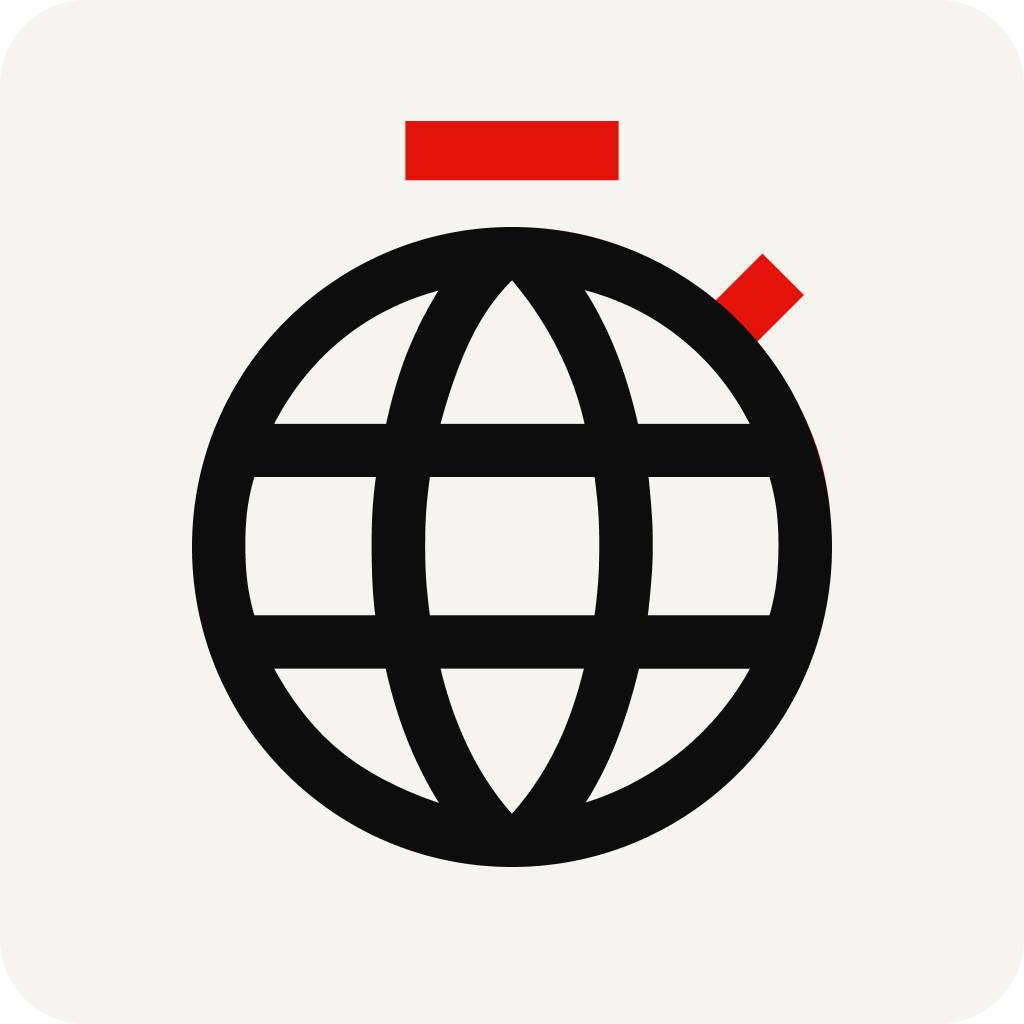Quantitative tightening is no substitute for higher interest rates
Reversing trillions of dollars of asset purchases may prove to be an unreliable tool

CENTRAL BANKERS almost everywhere are tightening monetary policy to fight inflation. Markets expect interest rates to rise by about a percentage point in America and Britain, and by a tenth of a point in the euro area, over the course of the year. But modern central bankers have more than one lever at their disposal. Many in the rich world are preparing to put into reverse the almost $12trn of quantitative easing (QE), or bond-buying, they have conducted during the pandemic. On January 26th the Federal Reserve said it would end QE soon and gave guidance for the first time about how it might shrink its balance-sheet, a process dubbed quantitative tightening (QT). Reversing trillions of dollars of asset purchases might seem like a powerful way to contain inflation. In fact QT will be an unreliable tool.
This article appeared in the Finance & economics section of the print edition under the headline “From QE to QT”
Finance & economics
January 29th 2022
From the January 29th 2022 edition
Discover stories from this section and more in the list of contents
Explore the edition
Trump’s tariff turbulence is worse than anyone imagined
Even his concessions are less generous than expected

Why silver is the new gold
Safe-haven demand and solar panels have sent its price soaring

Trump’s new tariffs are his most extreme ever
America targets its three biggest trading partners: Canada, Mexico and China
El Salvador’s wild crypto experiment ends in failure
Its curtailment is the price of an IMF bail-out. And one worth paying
America is at risk of a Trumpian economic slowdown
Protectionist threats and erratic policies are combining to hurt growth
India has undermined a popular myth about development
Extreme poverty in the country has dropped to negligible levels








